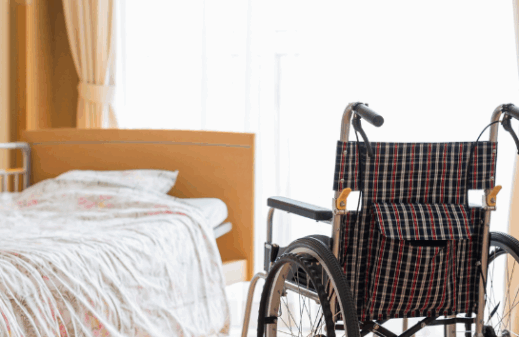Walking with patients in nursing home, rehabilitation centers, hospitals or any other home care facility can provide healing to the mind and body. However, there are a handful of safety tips to keep in mind when walking with your patient.
Walking Safety Tips
#1 Walking Wheelchair Patients
Before walking a wheelchair patient, make sure the breaks work for times when you want to stop and rest with the patient. Also make sure the patients feet aren’t dragging on the ground and are safely placed up on the foot rest and the patient is sitting in the chair comfortably. It is also wise to make sure you can push the patient in the wheelchair with ease, or find help if you cannot. Always use elevators when requires and never go near staircases.
#2 Walking Patients with Canes
Patients need canes to help them get around for various of reasons. Sometimes it is due to injury, loss of limb or motor skills, or even illness. Helping the patient walk comfortable with the cane means you allow them to walk with the cane on the side they feel appropriate for them and you walk on the opposite of them holding their arm or hand, or along side of them for support when necessary. Make sure you want on flat services and stay away from icy walkways to prevent falls. Most importantly, just walk casually next time them so walking feels comfortable and enjoyable.
#3 Walking Patients with Walkers
The best and safest way to walking with a patient with a walker is surprisingly beside them and not behind them. You only want to get behind them to help them turn around or prevent a fall from occurring. Going for a walk beside a person using a walker keeps it comfortable and relaxing like a walk should be. Always stay away from the edge of side walks and stairs. Always use elevators when necessary and always walk at the patients own pace.
#4 Walking Patients New Prosthetic Limbs
Teaching a patient with a new prosthetic limb such as a new leg or foot requires them to do a lot of therapeutically walking. This means always providing them with encouragement during walks and always providing them with support and help to prevent falling. If a fall does occur, encourage them to get back up and try again, but only if an injury has not occurred.



